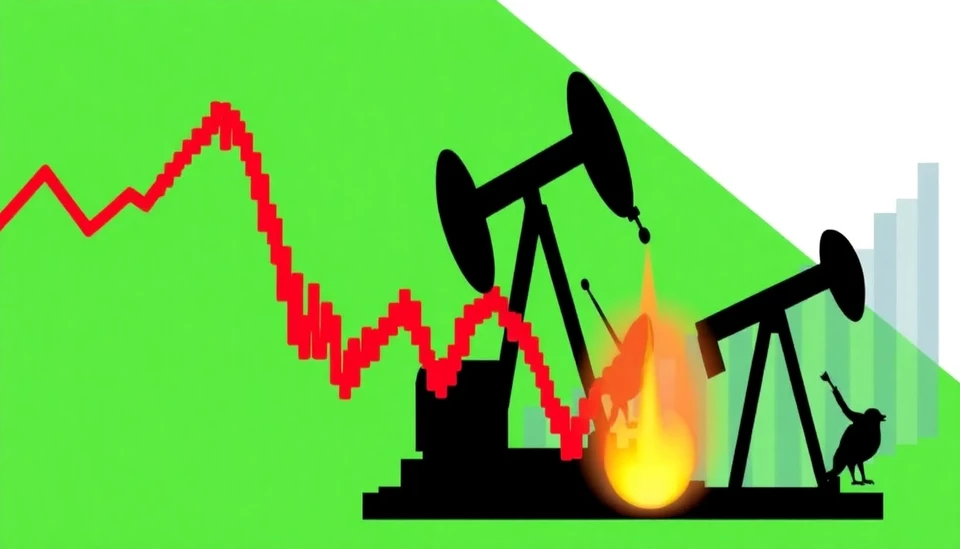
The dynamic world of oil markets sees continuous fluctuations as geopolitical tensions, supply challenges, and evolving energy policies shape the landscape. As of February 10, 2025, oil prices are experiencing notable changes, largely influenced by several key factors that have emerged recently. Analysts are closely monitoring these developments to gauge their potential long-term impacts on global oil dynamics.
In the recent session, the price of West Texas Intermediate (WTI) crude has faced upward pressure, climbing 1.2% to trade around $85.50 per barrel. This increase marks a significant turn from earlier trends observed in the week, pointing to a shift in market sentiment. Similarly, Brent crude oil, the global benchmark, has seen gains, rising to approximately $88.75 per barrel.
One major contributor to the surge in prices is the ongoing geopolitical uncertainty in key oil-producing regions. Tensions in the Middle East particularly remain elevated, with repeated security incidents affecting production stability. This instability has led to speculative buying, as traders anticipate potential supply disruptions that could result from escalated conflicts.
Moreover, the latest data from the U.S. Energy Information Administration (EIA) indicates a surprising decline in domestic crude oil inventories, which fell by 5 million barrels last week. This reduction is more significant than analysts had forecasted, further tightening supply conditions. The dwindling reserves, coupled with robust refineries' demand, have ignited fears of a supply crunch, which is further propelling prices upward.
In addition to geopolitical factors, the market is also adjusting to the impact of recent decisions from the Organization of the Petroleum Exporting Countries (OPEC). The cartel's latest production cut policies, aimed at stabilizing the market amidst fluctuating demand, have significantly influenced prices. With OPEC+ sticking to their commitments of reducing output, the market is reacting to tighter supply forecasts.
Energy experts are weighing the implications of these developments. There are predictions of continued volatility in the coming weeks, as seasonal demand patterns shift and global economic conditions evolve. The recovery speed of the global economy from pandemic effects and energy transition efforts add layers of complexity to the oil market equation.
Investor sentiment remains cautious, reflecting on the global economic outlook and potential recession risks that could dampen fuel demand. Commodities analysts suggest that while short-term prices may remain elevated, long-term projections could hinge on how effectively major economies handle inflation and energy policies. If demand begins to falter amidst economic slowdowns, prices may stabilize or even retreat in the latter part of the year.
As industry stakeholders digest these trends, attention is also placed on renewable energy developments. With world governments adopting increasingly aggressive climate policies and renewable energy initiatives, the oil market's future remains uncertain yet intriguing. It will be essential for investors and businesses within the sector to adapt swiftly to these changing dynamics, balancing traditional oil production with sustainable energy strategies.
In conclusion, the oil market as of February 10, 2025, is characterized by rising prices, influenced by geopolitical tensions, declining inventories, and OPEC's strategic decisions. Stakeholders will be keenly observing these trends as they unfold, aware of the interconnected nature of oil prices and broader economic health.
For continued updates and insights into the oil market's performance, follow our coverage as we bring you the latest analyses and expert opinions.
#OilMarket #CrudeOil #WTI #BrentCrude #Geopolitics #EIA #OPEC #EnergyEconomics #MarketInsights #FuelPrices
Author: John Harris




